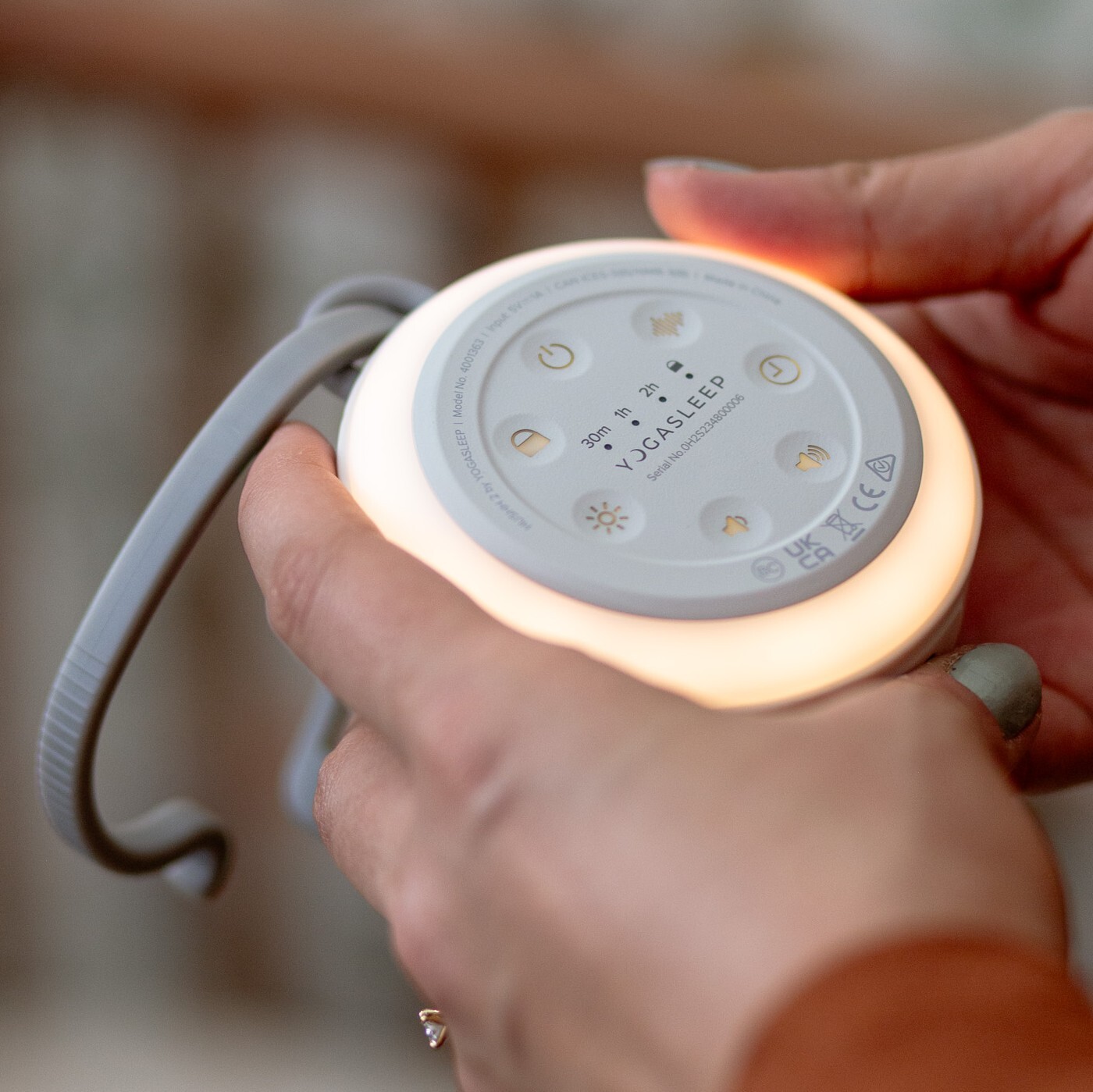What to do when your child is afraid at bedtime or during the night
Dealing with a child who is afraid of the dark or scared to go to bed at night can be like walking a tightrope. There is a fine line between wanting to reassure him and not wanting to reinforce his fears. If the fears are ignored, the child will not be reassured. If the child is reassured too much, the parent may be giving the subtle message that there IS something to fear.
If bedtime fears are affecting your child’s ability to fall asleep and stay asleep, try some of the following:
Listen and understand
Try to understand your child’s fears. Don’t dismiss or make fun of them because fears that seem silly to an adult may be very real to a child.
Reassure your child
It is important to reassure children who are fearful. When your child clings to you as he is being tucked in, or calls out in fear, you should go back to his bed and find out what is wrong. Say something like, “You are safe; we are here to make sure you stay safe.” Be sure to communicate that he is safe over and over again.
Teach coping skills
Teach your child coping skills and discuss alternative ways to respond to nighttime fears, such as by “being brave” and thinking positive thoughts (e.g., “monsters are just pretend”). You can also talk about how you deal with something that frightens you and read stories about children who are afraid and conquer their fears.
Use imagination and be creative
You can use your imagination to fight imaginary fears, such as that of monsters. Many families have found “monster spray” to be a wonderful way to help a child cope with bedtime fears. Take a spray-type bottle and fill it with water (be sure that it has not previously had any chemicals in it, such as plant food). At bedtime, you or your child can spray the room to keep the monsters away. In addition to monster spray, there are other ways in which you can be creative and help your child. For example, consider allowing him to have a pet for nighttime company. Even a bedside fish tank might help.
Introduce a security object
Helping your child become attached to a security object that he can keep in bed with him may be beneficial. This may help your child to feel more relaxed throughout the night.
Use a nightlight
No matter what your child is afraid of, a nightlight can help. A nightlight is fine as long as it does not prevent your child from falling asleep. Another thing to try is leaving the bedroom door open so that your child doesn’t feel isolated from the rest of the family.
Avoid scary television shows
Avoid scary TV shows, videos, or stories that may add to your child’s fears.
Teach relaxation training
Teaching your child relaxation strategies can help him relax at bedtime and fall asleep. This will give him something else to think about while lying in bed and help to distract him from his fearful thoughts. Also, it is impossible to be relaxed and scared at the same time.
Discuss your child’s fears during the day
Depending on how old your child is and how well he can talk, try discussing his fears during the day. Talk about how he can be less frightened at night. In addition, build his self-confidence during the day. Feeling secure throughout the day may help him feel more secure at night as well.
Set limits
At the same time that you are reassuring your child, you need to set limits. Limits are necessary to prevent your child’s “being scared” behaviour from being reinforced. Checking closets and leaving a low nightlight on is reasonable, but sleeping with your child every night is not.
Have him stay in his bed
Don’t encourage your child to get out of bed. He should stay in bed and find out for himself that he really is safe so that he can learn to overcome his fears. If you bring your child into your room, or downstairs while finishing the dinner dishes, the message is that his bed isn’t a safe place to be. It is a much better strategy to stay with him in his room than to have him join you in yours. If your child is too frightened to stay in his room alone, it is okay to occasionally stay by his bed until he falls asleep. Don’t do this too frequently, or even for two nights in a row, because he may come to depend on your presence. If your child is anxious about your leaving, check on him frequently. Begin by briefly checking and reassuring him in 5 minutes, and then every 10 minutes until he is asleep. Similarly, if your child wakes up in the middle of the night and can’t go back to sleep because he is frightened, go and reassure him. Repeat the message about being safe and tell him that he will be fine. If he gets up in the middle of the night and comes into your room, take him right back and gently tuck him into bed. Reassure him again, but don’t let him get up.
Start a star/sticker chart
Some children receive reinforcement for their fears. They may be given lots of attention for being afraid or receive special treats. If this is the case, switch the scenario. Give your child extra attention for dealing with his fears. Tell him how proud you are of him for being brave. Set up a star system. Have him earn stars for being brave and sleeping on his own. After earning a certain number of stars, he can turn them in for a treat, such as watching a favourite video, going to the park, or baking cookies.
Address severe or persistent anxiety
If your child’s anxiety and fears continue, are severe, or are present during the day, consider taking him for a psychological evaluation aimed at identifying and treating anxiety.
© Mindell JA & Owens JA (2003). A Clinical Guide to Pediatric Sleep: Diagnosis and Management of
Sleep Problems. Philadelphia: Lippincott Williams & Wilkins.

























